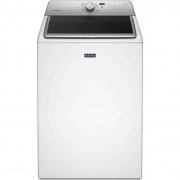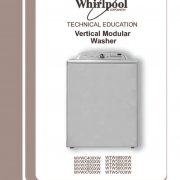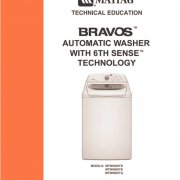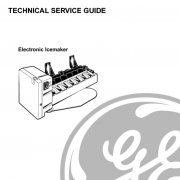How Electrical Parts Work
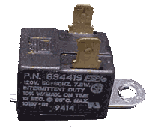

Buzzer:
A buzzer or signal is a transducer, which converts electrical energy to sound.
Fuse:



A fuse is a safety device that uses a protected internal wire, which will “blow” or melt if the current flowing through it exceeds a specified level. Some fuses are designed to “open” at a particular temperature to protect against fire or temperature related malfunctions. In this way an appliance fuse can protect the user or the appliance from damage that could be caused by a short circuit or temperature malfunction.
Resistor:
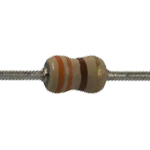

A resistor restricts the flow of current through a circuit.
Heater:
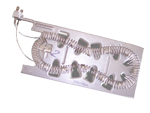


A heater is a resistor transducer, which converts electrical energy to heat.
Lamp:

A lamp is a resistor-transducer, which converts electrical energy to light.
Rheostat:
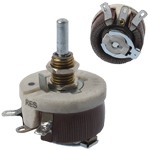

Rheostats are variable resistors have 2 contacts and are usually used to control current. Rheostats can be used to regulate electric range surface burners, among other applications.
(The third teminal in this rheostat picture is a grounding terminal.)
Potentiometer:
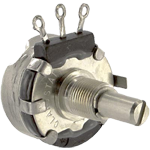

Potentiometers are variable resistors have 3 contacts and are usually used to control voltage or current.
Timer:
Timers are used in most appliances to control the timing of a particular action. A timer can be motor operated or a solid-state control board. As the timer advances, one ore more switches are opened or closed to energizing or breaking electrical contact to a particular part at the correct time.

